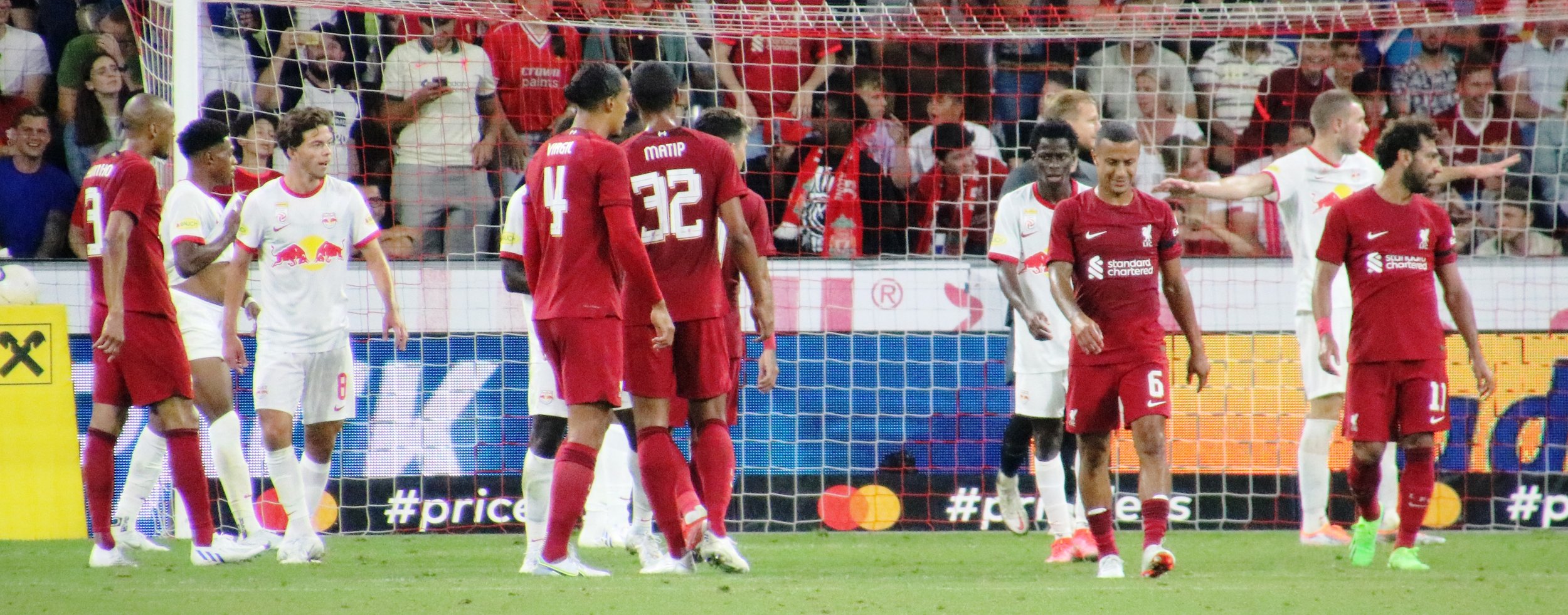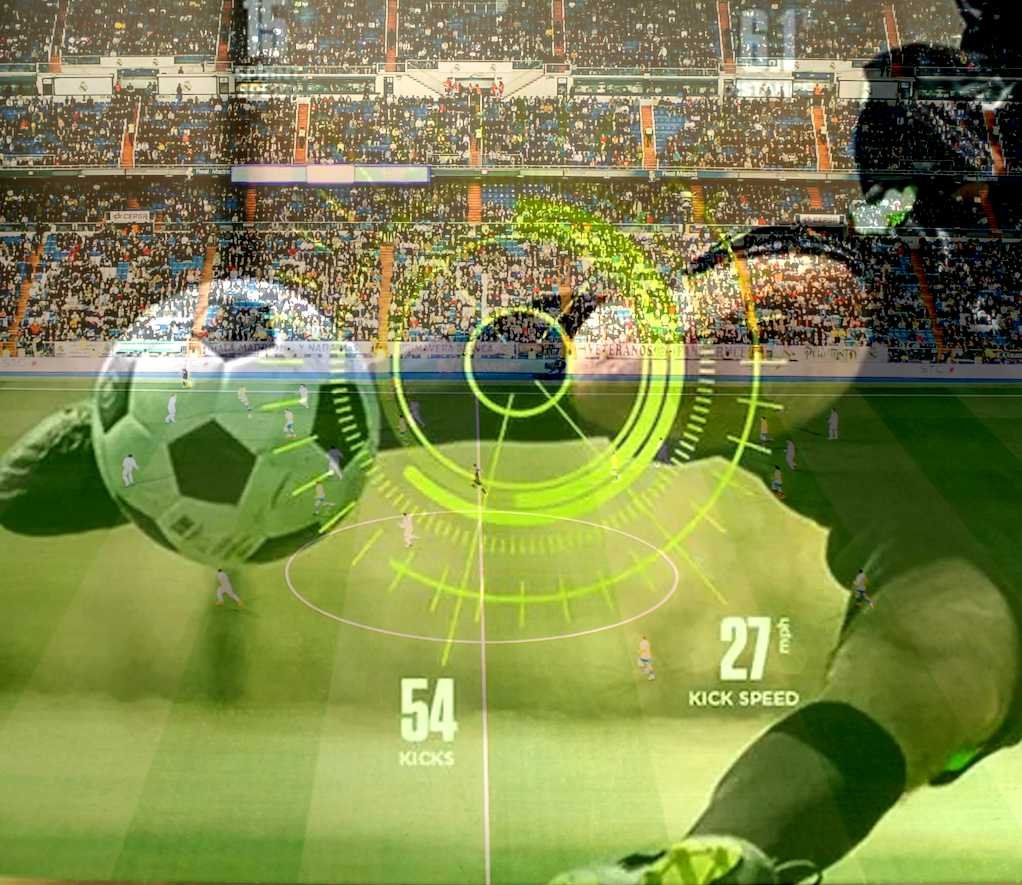The Need for Speed: The Importance of Pace in Soccer
Speed is an integral aspect of soccer, influencing everything from individual player performance to team dynamics and tactics. In a sport where the difference between winning and losing can come down to a single moment, speed can be the determining factor. This article will delve into the importance of speed in soccer, examining its various facets and how it affects the modern game. Let’s dive in.
Physical Speed
Physical speed refers to a player's ability to cover ground quickly, whether sprinting, accelerating, or changing direction. It is a valuable asset for any soccer player, enabling them to outpace opponents, reach loose balls, and create space for themselves or their teammates. Speedy players can exploit gaps in the opposition's defense, making it difficult for defenders to track their movements and react accordingly.
Speed is particularly important for specific positions on the field. For example, wingers and fullbacks need to be fast to execute their attacking and defensive duties effectively. A fast winger can stretch the opposition's defense, creating opportunities for themselves or their teammates to exploit. Similarly, fullbacks require speed to overlap in attack, providing width, and track back quickly to defend against counterattacks.
To learn how to DEVELOP SPEED and see our tables for benchmarking your speed times, read our Quick Guide: Developing Speed for Young Soccer Players
Mental Speed
Mental speed is the ability to process information and make decisions quickly. This aspect of speed is crucial in soccer, as players are constantly required to analyze their surroundings and react to ever-changing situations on the pitch. Mentally quick players can anticipate their opponents' movements, read the game well, and make the right decisions under pressure.
Mental speed is crucial in all positions on the field, from goalkeepers who need to organize their defense and make split-second decisions on whether to come off their line, to attacking midfielders who must make accurate and creative passes in tight spaces.
Tactical Speed
Tactical speed refers to how fast a team can transition between phases of play, such as from defense to attack or vice versa. A team that can quickly capitalize on turnovers and launch rapid counterattacks can catch their opponents off guard, creating scoring opportunities before the defense has a chance to regroup.
On the flip side, a team that can quickly transition from attack to defense can stifle their opponents' attacking threats, closing down spaces and denying them the opportunity to create chances.
The Importance of Speed in Modern Soccer
In today's game, speed is more important than ever. As the game has evolved, it has become faster and more physically demanding, placing greater emphasis on players' athletic abilities. As a result, soccer players at the highest level must possess not only technical skills but also the physical attributes necessary to compete in the modern game.
Moreover, the tactical landscape of soccer has changed, with high-pressing and counter-attacking styles becoming increasingly popular. These tactics rely heavily on speed, both physically and mentally, as players need to press their opponents relentlessly and capitalize on any opportunities that arise.
Fast Playing Teams in the Pro Game
Certain professional soccer teams have become renowned for their fast-paced playing style and preference for quick players. One such team is Liverpool FC, led by manager Jürgen Klopp. Klopp's "Gegenpressing" philosophy, which involves high-intensity pressing to win back possession, relies heavily on players with exceptional speed and stamina. This style has been incredibly effective, as seen by Liverpool's recent successes, including their 2019 UEFA Champions League victory and 2020 English Premier League title. Key players like Sadio Mané, Mohamed Salah, and Trent Alexander-Arnold epitomize the blend of speed and skill required in this system.
Another example is Borussia Dortmund, a German team known for their explosive counter-attacking style. Dortmund's roster frequently features players with exceptional pace, such as Erling Haaland and Jadon Sancho. This approach has garnered significant success for the club, both domestically and in European competitions.
Finally, the Spanish giants, Real Madrid, have often relied on speed as a vital component of their playing style. During their dominant UEFA Champions League run between 2014 and 2018, players like Cristiano Ronaldo, Gareth Bale, and Karim Benzema showcased their remarkable speed to devastating effect, leaving opposition defenses struggling to cope.
These examples highlight the importance of speed in soccer and how top-tier teams utilize it to gain a competitive advantage on the field.
Players Lacking Pace
While speed is undoubtedly an important asset in soccer, not all players possess lightning-fast pace. However, players lacking speed can still thrive in a fast-playing team by utilizing their other skills and abilities. These players often excel in areas such as positioning, anticipation, and technical ability, which can compensate for their lack of pace and contribute significantly to the team's overall performance.
For instance, a central midfielder with exceptional passing and vision can dictate the tempo of the game, distributing the ball quickly and accurately to the fast players around them. Their ability to read the game and make intelligent decisions can play a crucial role in launching rapid attacks and breaking down opposition defenses.
Similarly, a center-back with outstanding positioning and reading of the game can neutralize the threat posed by fast opponents. By anticipating their opponents' movements and cutting off passing lanes, they can compensate for their lack of speed and maintain defensive solidity.
It is essential for the team's coaching staff to recognize the strengths and weaknesses of each player and devise tactics that maximize their potential while mitigating any shortcomings. By doing so, they can create a balanced and effective team capable of thriving in the fast-paced world of modern soccer.
A prime example of a player who lacked pace is Xavi Hernández. Xavi, who spent most of his career at FC Barcelona, was a crucial component of the team's tiki-taka style of play under Pep Guardiola. Although Xavi was not the fastest player on the pitch, his outstanding vision, passing ability, and intelligence more than made up for his lack of pace.
In a team with fast players like Lionel Messi, Dani Alves, and Pedro, Xavi was the maestro, controlling the tempo of the game and distributing the ball to his faster teammates. He was highly effective in breaking down opposition defenses with his accurate and incisive passes, allowing his teammates to exploit the spaces created.
The Bottom Line
Speed is an essential component of soccer, influencing individual player performance, team dynamics, and tactical approaches. As the sport continues to evolve, the importance of speed in soccer will only grow, as teams and players look to gain a competitive edge over their opponents. By focusing on developing physical speed, mental speed, and tactical speed, players and teams can unlock new levels of performance, enhancing their overall game and increasing their chances of success on the field.


















